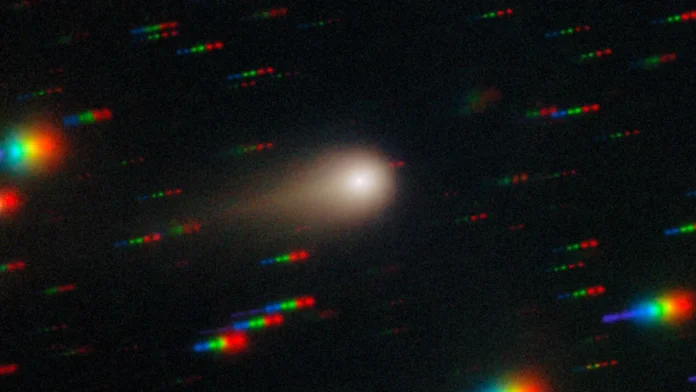
Inside This Report
- The disappearance of 3I/Atlas behind the sun coincides with rising solar activity and fresh concern over terrestrial impacts.
- A 6.9 magnitude quake in the Philippines killed at least six and reignited questions over whether solar storms may trigger seismic activity.
- Insurance carriers face renewed urgency to model space-driven catastrophic risks, from satellite disruption to liability exposures.
USA HERALD – Astronomers have lost direct sight of interstellar object 3I/Atlas as it slips behind the sun, a period that coincides with heightened solar storms and unusual terrestrial disruptions. The timing has sparked debate within the scientific and insurance communities about cascading risks.
On Tuesday, the Philippines was rocked by a 6.9 magnitude earthquake, leaving at least six dead across Bohol and Cebu provinces. The epicenter struck just seven miles east-southeast of Calape, according to national seismic data.
Days earlier, fiery space debris lit up California’s night sky, prompting more than 200 reports to the American Meteor Society. While investigators believe the blaze originated from human-made materials, the spectacle underscored public awareness of orbital hazards.
For insurers, the confluence of these events is more than coincidence. Space-based disruptions can directly impair satellite communications, GPS networks, and critical infrastructure—pillars of modern underwriting and claims processing.
Executives in reinsurance and catastrophe modeling note that the sheer scale of 3I/Atlas raises unresolved questions: could gravitational influence alter the trajectory of nearby debris, or intensify solar activity at its perihelion?
Even absent a direct strike, insurers must account for secondary risk channels:


